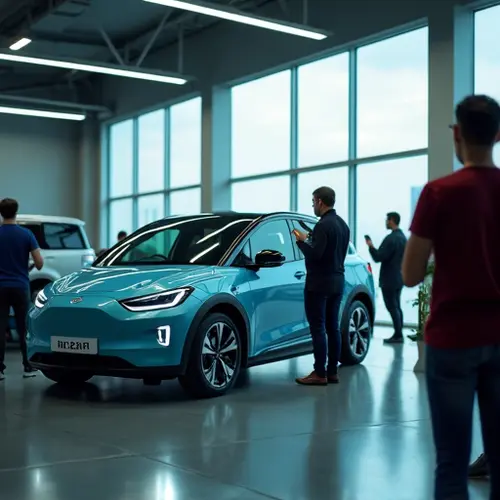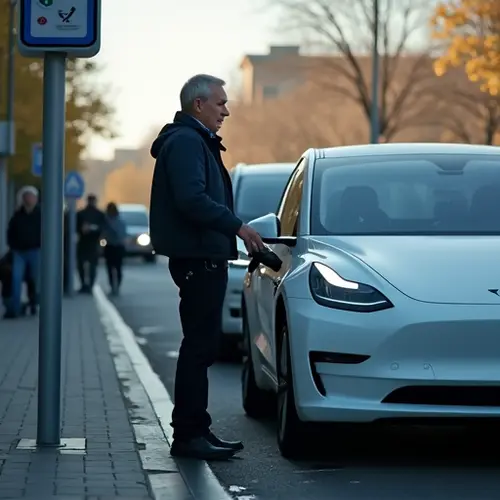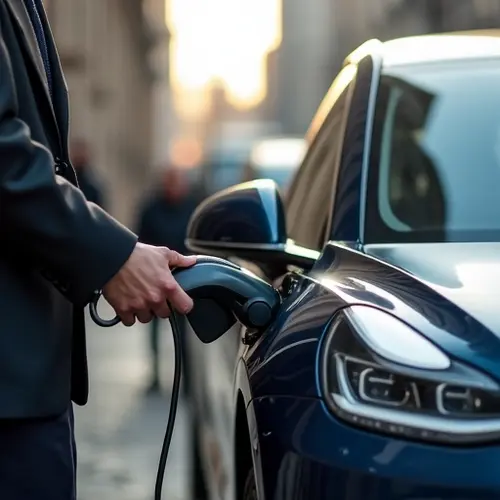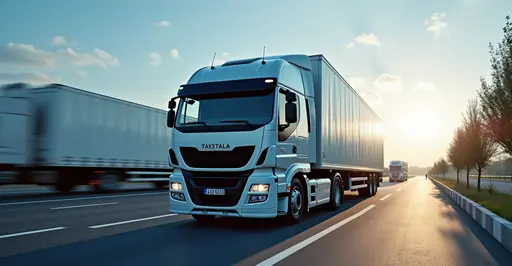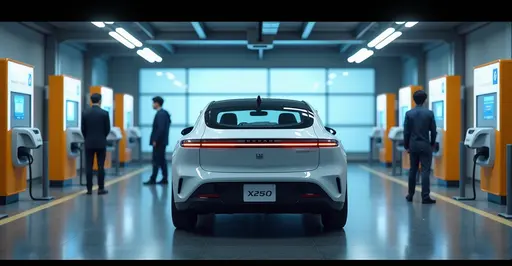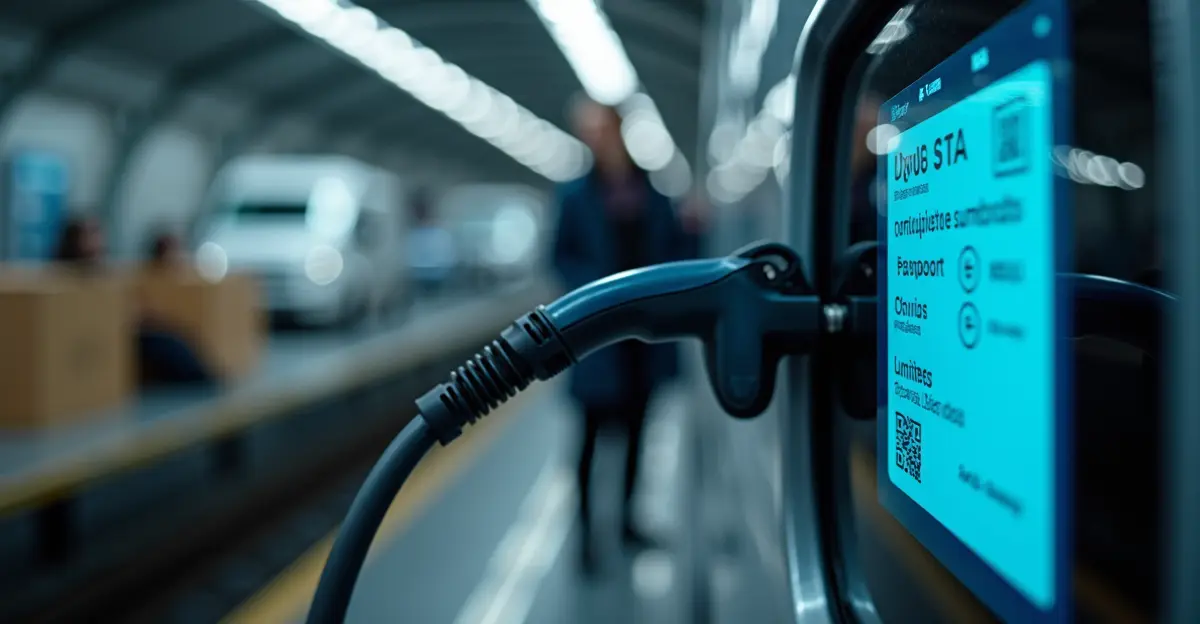Asia leads EV battery swap revolution with Nio-CATL partnership building world's largest network and Gogoro dominating two-wheeler market. Market projected to grow from $1.62B in 2025 to $5.93B by 2030.
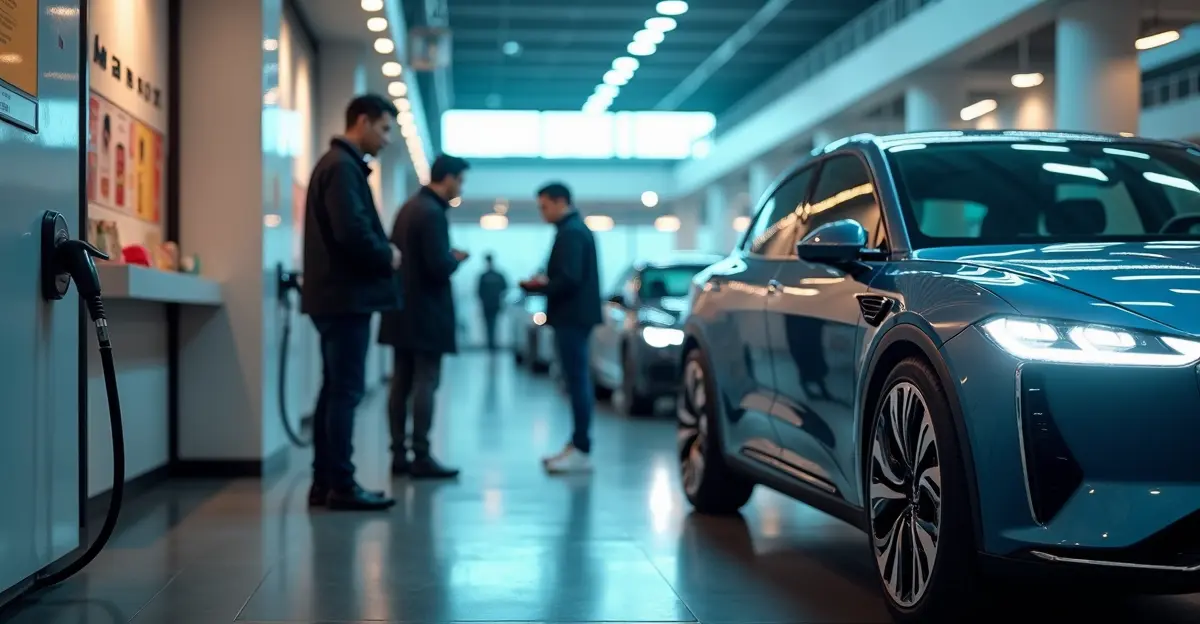
Electric Vehicle Battery Swap Networks Roll Out Across Asia
Across Asia, a quiet revolution is transforming how electric vehicle owners power their cars and scooters. Instead of waiting hours for batteries to charge, drivers are increasingly opting for battery swapping - a process that takes just minutes to exchange depleted battery packs for fully charged units at specialized stations.
The Three-Minute Solution to Range Anxiety
At Nio battery-swapping stations near Shanghai, the automated process takes just three minutes - faster than conventional charging. 'The system uses voice commands to guide vehicles into position, where robotic arms remove the depleted battery and replace it with a fully charged one,' explains a Nio station operator. After brief hardware and software checks, the EV is ready to drive again.
This innovative approach addresses range anxiety and charging time concerns that have been barriers to EV adoption. Chinese electric vehicle maker Nio and battery giant CATL have signed a strategic cooperation agreement to build the world's largest and most advanced battery swap network for passenger vehicles.
Market Explosion and Strategic Partnerships
The Electric Vehicle Battery Swapping Market is projected to grow from USD 1.62 billion in 2025 to USD 5.93 billion by 2030, representing a robust 29.65% CAGR according to market research. Under the partnership announced on March 17, 2025, CATL will invest up to 2.5 billion yuan ($345.6 million) in Nio's energy business.
'This partnership will create universal battery compatibility across various EV makes and models, not just NIO vehicles,' says an industry analyst familiar with the deal. The companies will deepen battery swap network sharing and promote unified battery standards.
Gogoro's Two-Wheeler Dominance
While Nio focuses on passenger vehicles, Taiwanese electric scooter manufacturer Gogoro operates the largest battery swap network for electric mopeds, with nearly 11,000 GoStations in Taiwan, and 250 in Mainland China according to their network data. The company currently operates 2,695 battery swap stations across Taiwan with 1.4 million batteries, serving nearly 640,000 riders through the world's largest battery-swapping energy network.
Gogoro's interim CEO Henry Chiang revealed plans to streamline the product line to five vehicle platforms using modular designs for better component sharing. The company will launch an "unlimited off-peak riding" subscription plan starting at NT$488 per month, offering 14 hours of free battery swaps during off-peak periods in Q2 2025.
Global Expansion and Future Outlook
The Battery Swapping Charging Infrastructure Market is projected to grow from USD 1.46 billion in 2025 to USD 22.72 billion by 2034, representing a robust 35.66% CAGR according to industry research. This rapid expansion is driven by the accelerating shift toward electric mobility and the need for fast, scalable energy replenishment solutions.
Key players including Gogoro, NIO Power, CATL, and startups are leading global expansion with modular battery designs and Battery-as-a-Service (BaaS) platforms. The technology addresses critical challenges like long charging times and range anxiety by enabling rapid battery exchange, significantly reducing vehicle downtime.
'Battery swapping represents a fundamental shift in how we think about electric vehicle infrastructure,' notes an electric mobility expert. 'It's not just about charging faster - it's about creating an entirely new ecosystem for energy distribution.'
As Asian markets continue to lead this transformation, the battery swap model is proving that convenience and speed can overcome traditional barriers to electric vehicle adoption, potentially reshaping urban mobility across the continent and beyond.

 Nederlands
Nederlands
 English
English
 Deutsch
Deutsch
 Français
Français
 Español
Español
 Português
Português




